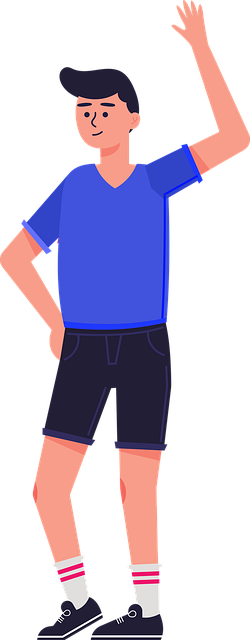Athletes regularly grapple with pain from musculoskeletal injuries that can jeopardize their performance and longevity in sports. Regenerative treatments such as platelet-rich plasma (PRP) injections and stem cell therapy have emerged as key solutions, harnessing the body's innate healing capabilities to repair tissues and alleviate pain without surgery. These treatments are tailored to each athlete's needs, offering a path to quicker recovery times compared to traditional interventions. The integration of regenerative medicine into athlete medical care not only enhances immediate performance but also supports long-term health, potentially extending an athlete's career. Stem cell therapy, in particular, provides hope for chronic injuries through its ability to promote healing. PRP therapy accelerates tissue repair and is supported by clinical trial evidence for a variety of conditions, including tendon injuries, ligament sprains, and osteoarthritis. Prolotherapy and dry needling are additional non-surgical options that address chronic pain by stimulating healing and reducing muscle tension, further expanding the regenerative tools available to athletes in managing their health and maintaining peak performance. These treatments are delivered by sports medicine professionals who customize care to meet the unique requirements of each athlete, ensuring a safe and effective recovery process.
Exploring the frontiers of sports medicine, this article delves into the transformative role of regenerative treatments in enhancing athletic recovery and performance. From stem cell therapy to platelet-rich plasma (PRP) treatments, expert support is pivotal in addressing athlete pain and musculoskeletal issues, offering innovative medical approaches that catalyze healing. We’ll explore these cutting-edge solutions alongside alternative therapies like prolotherapy and dry needling, providing a comprehensive overview of the regenerative options available to athletes on their journey to recovery.
- Unlocking Athletic Potential: The Role of Regenerative Treatments in Addressing Athlete Pain
- Cutting-Edge Medical Approaches for Athletes Facing Musculoskeletal Issues
- Navigating the Journey to Recovery: A Closer Look at Stem Cell Therapy for Injured Athletes
- The Impact of Platelet-Rich Plasma (PRP) Therapy on Athlete Medical Care
- Prolotherapy and Dry Needling: Alternative Regenerative Options for Athletes in Pain
Unlocking Athletic Potential: The Role of Regenerative Treatments in Addressing Athlete Pain

Athletes frequently encounter pain that can hinder their performance and longevity in sports. Regenerative treatments have emerged as a promising avenue to address such athlete pain, offering a path to recovery that aligns with the rigorous demands of competitive athletics. These innovative therapies, including platelet-rich plasma (PRP) injections and stem cell treatments, are designed to stimulate the body’s natural healing processes, thereby promoting tissue repair and regeneration. By leveraging the athlete’s own biological substrates, these treatments can effectively target the root cause of pain, often providing a non-surgical alternative with a quicker recovery time compared to traditional methods. The integration of regenerative medicine into the athlete’s medical regimen not only enhances their current performance capabilities but also contributes to their long-term health and career durability. Medical professionals specializing in sports medicine are at the forefront of this advancement, working closely with athletes to tailor these treatments to individual needs, optimizing the potential for a safe and successful return to peak performance.
Cutting-Edge Medical Approaches for Athletes Facing Musculoskeletal Issues
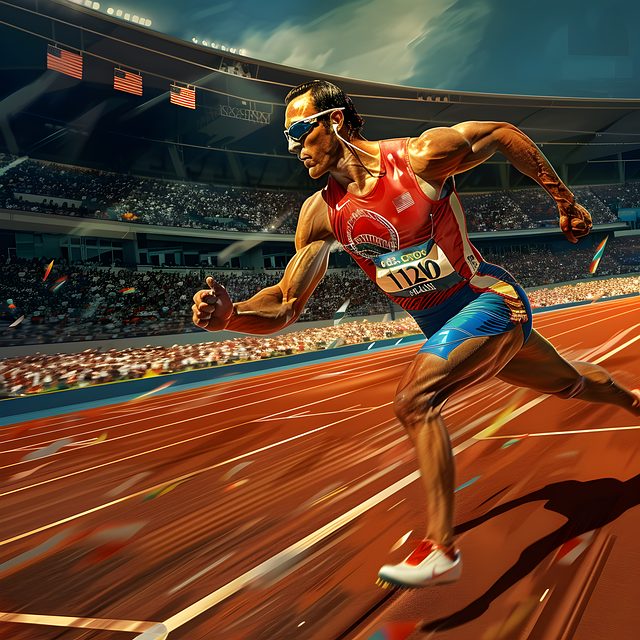
Athletes are frequently at the forefront of pushing their bodies to the limit, which can often lead to musculoskeletal issues ranging from acute injuries to chronic pain conditions. The medical community has responded to this demand with a suite of cutting-edge treatments designed to address athlete pain effectively. Regenerative medicine, in particular, has emerged as a beacon of hope for athletes seeking solutions that go beyond traditional surgical interventions. These innovative approaches harness the body’s natural healing mechanisms, including stem cell therapy and platelet-rich plasma (PRP) injections, to repair and regenerate damaged tissues. By leveraging these advanced medical techniques, athletes can not only recover more quickly but also enhance their overall performance and reduce the likelihood of future injuries. The integration of such treatments into the athlete’s medical regimen is pivotal, as it allows for a personalized recovery plan that considers the unique demands placed on their bodies by their sport.
Navigating the Journey to Recovery: A Closer Look at Stem Cell Therapy for Injured Athletes
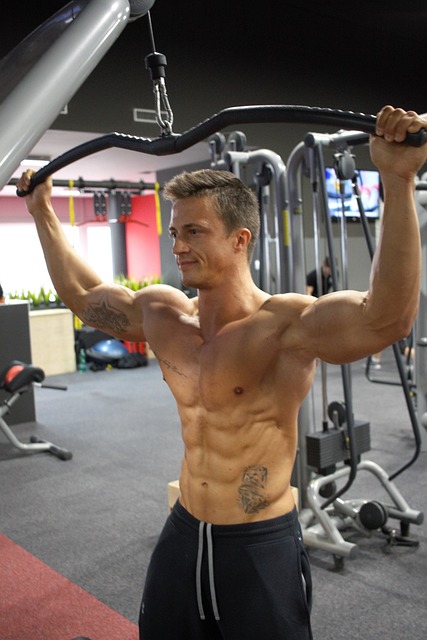
For athletes grappling with persistent injuries, the quest for recovery often leads to innovative regenerative treatments such as stem cell therapy. This cutting-edge medical intervention holds promise for repairing damaged tissues and restoring athletic function. Stem cells have the remarkable ability to differentiate into various cell types, potentially offering a natural pathway to healing for athletes suffering from pain, whether it’s due to acute injuries or overuse conditions. The athlete medical community has been at the forefront of researching and implementing these treatments, ensuring that the therapeutic applications are both safe and effective within the realm of sports medicine.
The process begins with a thorough evaluation by sports medicine professionals to determine if stem cell therapy is the most appropriate course of action for the athlete’s specific condition. Following this personalized treatment plan, the athlete undergoes a procedure where stem cells are precisely administered to the site of injury, kick-starting the body’s natural healing processes. Post-treatment, athletes often engage in a tailored rehabilitation program designed to optimize recovery and support the regenerative potential of the therapy. This holistic approach not only addresses the physical aspect of sports-related injuries but also considers the athlete’s overall well-being, ensuring that their return to peak performance is both sustained and healthy.
The Impact of Platelet-Rich Plasma (PRP) Therapy on Athlete Medical Care
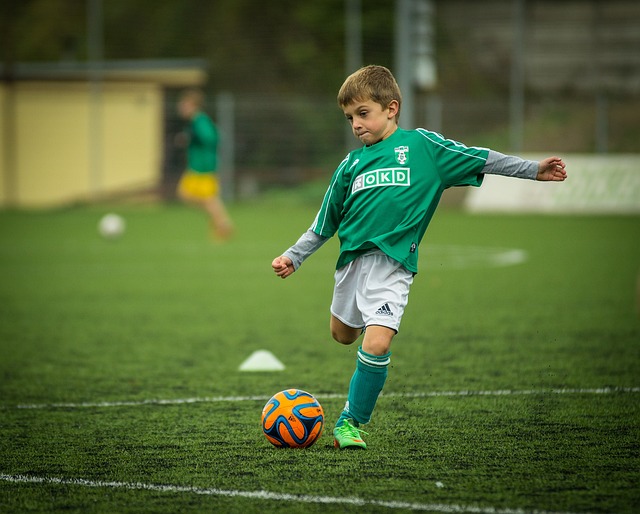
Athletes frequently confront injuries and musculoskeletal conditions that can significantly impact their performance and overall well-being. Platelet-Rich Plasma (PRP) therapy has emerged as a transformative treatment option in athlete medical care, offering a non-surgical approach to healing. PRP harnesses the body’s own platelets, rich in growth factors, to accelerate tissue repair and reduce athlete pain. Clinical studies have demonstrated that PRP injections can effectively treat chronic tendon injuries, acute ligament sprains, and even osteoarthritis, providing athletes with a viable alternative to traditional surgical interventions.
The application of PRP therapy in the realm of sports medicine is a testament to its efficacy. It allows for precise administration to the affected area, ensuring targeted regeneration. Athletes undergoing PRP treatment experience less downtime compared to surgeries, enabling them to return to their sport more quickly while managing pain effectively. This advanced treatment modality is not only reserved for professional athletes; it’s also beneficial for amateur sportspeople looking to maintain their health and performance levels. With ongoing research and advancements in PRP technology, the potential for this therapy to further revolutionize athlete medical care is significant.
Prolotherapy and Dry Needling: Alternative Regenerative Options for Athletes in Pain
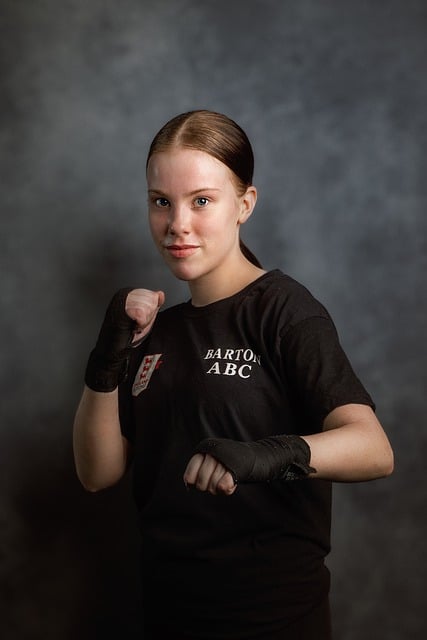
Athletes often face the challenge of managing chronic pain, which can hinder their performance and longevity in sports. Prolotherapy and dry needling are innovative regenerative options that offer a path to recovery without relying solely on traditional surgical interventions. Prolotherapy, also known as ligament and tendon reconstruction injection, is a minimally invasive procedure that stimulates the body’s natural healing processes. It involves the strategic injection of a solution that promotes healing where ligaments and tendons are weak or injured, effectively addressing the root cause of pain for athletes who may have been struggling with medical issues related to these tissues.
Dry needling, on the other hand, targets trigger points within tight bands of muscle tissue that can contribute to pain and mobility issues. By inserting a needle into these specific points, therapists can release tension in the muscles, alleviate pain, and restore function, which is crucial for athletes looking to maintain peak performance. Both prolotherapy and dry needling are administered by specially trained medical professionals who understand the unique needs of athletes dealing with pain. These regenerative treatments are becoming increasingly popular among athletes as they offer a non-surgical alternative that can lead to significant improvements in pain management and overall athletic well-being.
In conclusion, the advancements in regenerative treatments offer promising avenues for athletes facing pain and injury, aiding in their swift return to peak performance. The exploration of stem cell therapy, PRP therapy, prolotherapy, and dry needling underscores the multifaceted approach now available to address athlete medical concerns. These innovative procedures, when administered by expert support teams, not only facilitate recovery but also play a pivotal role in unlocking an athlete’s potential. As sports medicine continues to evolve, it is clear that these treatments will become increasingly integral to the health and success of athletes across various disciplines.
